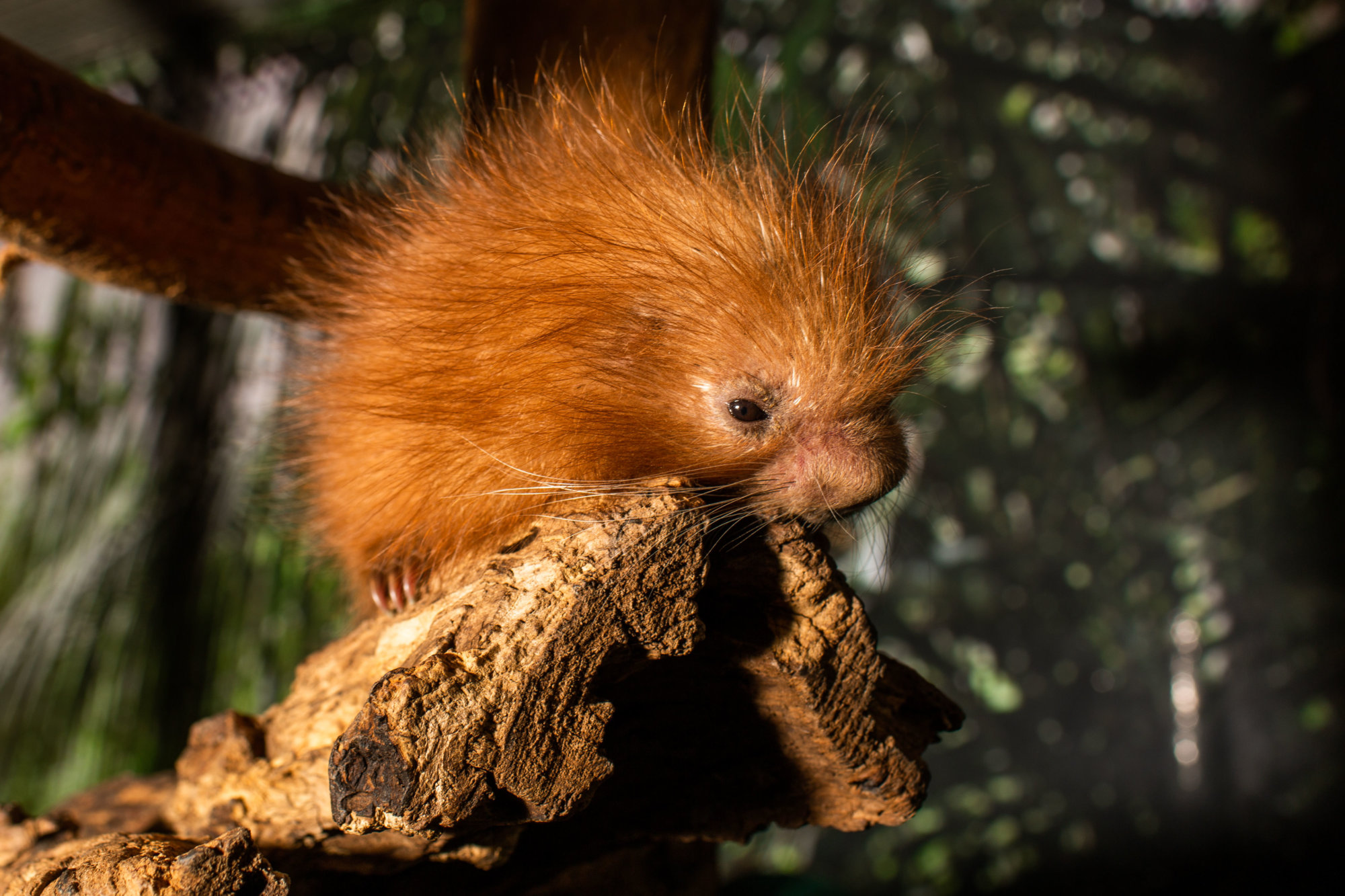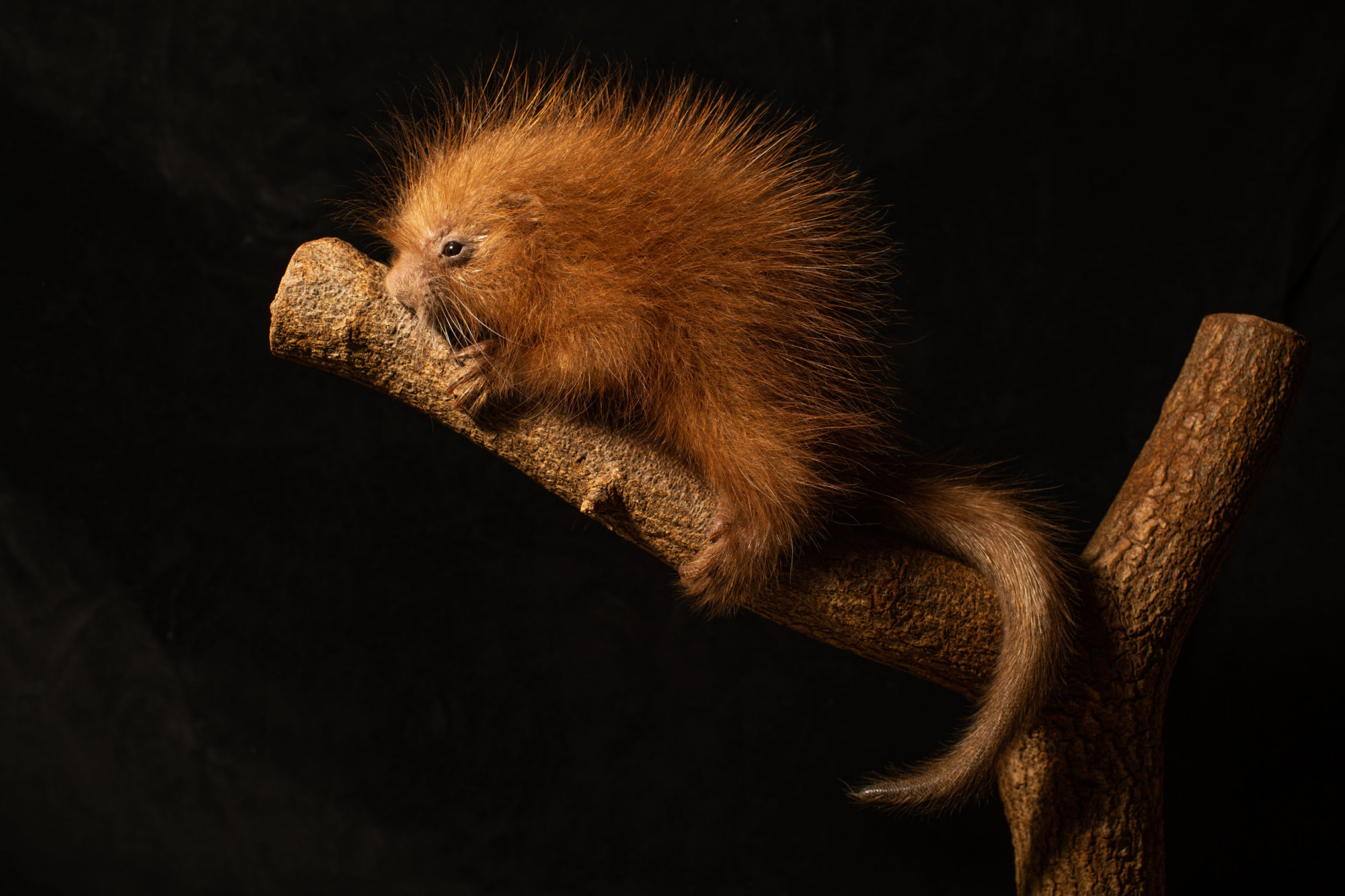
The Smithsonian’s National Zoo in D.C. welcomed a new prickly addition to its Small Mammal House with the birth of a porcupine, and this species has a unique tail.
The zoo announced that Beatrix, a 2-year-old prehensile-tailed porcupine, is a first-time mom. She gave birth to a porcupette that weighed less than a pound, between Tuesday and Wednesday overnight.
Prehensile means “capable of grasping,” and this type of porcupine uses its tail, which does not have quills on its underside, to grip branches and get around the forest canopy with ease.
This species of porcupine is native to South America. They have short, rigid quills with soft hair in between. They live in trees and are very good at climbing. They eat leaves, flowers, shoots and other plants.
The porcupette’s sex is not yet known because prehensile-tailed porcupines have internal sex organs, which can make it hard to find out the sex of the animal for six months or more.
Smithsonian scientists will determine if the new baby is male or female by analyzing DNA from one of its quills.

Currently, the baby is spending all its time with its mother and is nursing successfully. It can slowly navigate tree branches in its habitat using its tail.
Because prehensile-tailed porcupines are nocturnal, visitors can see the mother and baby sleeping near each other during the day. The porcupette nurses at night.
Soon, however, zookeepers will begin to participate in the care of the porcupette. They will begin to desensitize it to their presence and reward it for doing activities, such as stepping on a scale or moving its nose to a target.
Who’s the dad? The zoo had been monitoring Beatrix during the past several weeks, as her weight steadily increased after breeding with Quillbur, an adult male prehensile-tailed porcupine, over six months ago.
The new porcupette is the fourth generation of this family to live in the Small Mammal House.








